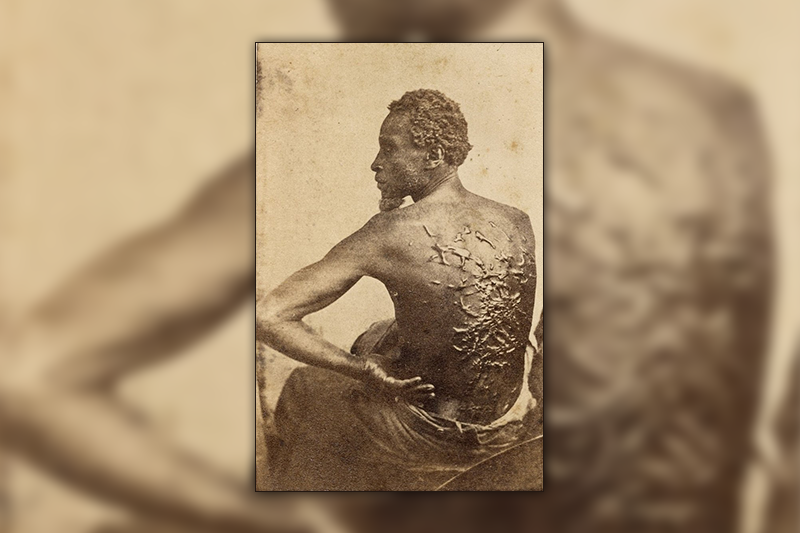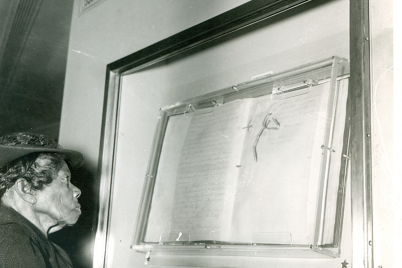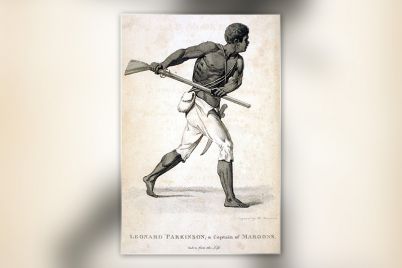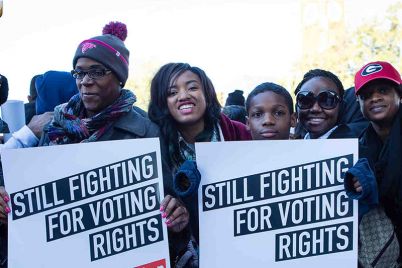By Attorney Jacqueline Hubbard, President, ASALH
The 13th Amendment to the United States Constitution states in Section 1: “Neither slavery nor involuntary servitude, except as a punishment for crime whereof the party shall have been duly convicted, shall exist within the United States, or any place subject to their jurisdiction.”
Thus, slavery was abolished in America. The Senate did not pass the 13th Amendment until April 8, 1864, and not by the House of Representatives until Jan. 31, 1865. A sufficient number of states did not pass it until Dec. 6, 1865.
Why did it take so long? It passed only after the Civil War and the defeat of the Confederacy.
Slavery existed in all of the original 13 British colonies in America as far back as 1619. Between the American Revolution in 1776 and 1804, the northern states provided for the gradual abolition of slavery in some form, yet no southern state abolished slavery.
Historians, after 1804, tended to divide the states between slave states and non-slave holding states. Most people are unaware that slavery was quietly mentioned in the original United States Constitution in Article 1, Section 2, Clause 3:
“Representatives and direct taxes shall be apportioned among the several states which may be included within this union, according to their respective numbers, which shall be determined by adding to the whole number of free persons, including those bound to service for a term of years, and excluding Indians not taxed, three-fifths of all other Persons. The actual Enumeration shall be made within three years after the first meeting of the Congress of the United States, and within every subsequent term of 10 years, in such a manner as they shall by law direct. The number of Representatives shall not exceed one for every thirty thousand, but each state shall have at least one Representative; and until such enumeration shall be made, the state of New Hampshire shall be entitled to chuse three, Massachusetts eight, Rhode Island and Providence Plantations one, Connecticut five, New York six, New Jersey four, Pennsylvania eight, Delaware one, Maryland six, Virginia ten, North Carolina five, South Carolina five, and Georgia three.”
Clause 3 provided for persons enslaved to be counted, not as “one” but as “three-fifths” in order for the southern states not to overwhelm the northern states in the proposed Congress, where representation is based upon the actual number of persons who reside in each state. The South had an enormous number of slaves and wanted each person to be counted as a whole person in order to control Congress.
The “Three-Fifths Compromise” was entered into between the North and the South, but only with a harsh provision for those living in bondage. Under Article IV, Section 2, Clause 3, of the United States Constitution, no person could be freed by escaping to a non-slave state. This provision is called the “Fugitive Slave Clause.” Slaves, therefore, were to be treated as property.
As the Civil War progressed, on Jan. 1, 1863, President Abraham Lincoln announced the Emancipation Proclamation, which proclaimed the abolition of slavery in the states that were still rebelling against the Union. In Dec. 1863, Lincoln attempted to create peace by offering the rebellious states the chance to rejoin the Union if they abolished slavery and submitted written loyalty oaths to the Union by 10 percent of their voting population.
This was refused by almost all the Southern states and failed to end the Civil War. As the war progressed, Union senators introduced several proposals to abolish slavery forever. Bills were introduced in the Congress to abolish slavery on Dec. 14, 1863, and Jan. 11, 1864.
There was much discussion during this period on the subject of abolishing slavery in Congress. Massachusetts Senator Charles Sumner and Thaddeus Stevens, a Representative from Pennsylvania, wanted expansive language for the 13th Amendment. In fact, on Feb. 8, 1864, Sumner proposed the following language, “All persons are equal before the law, so that no person can hold another as a slave…” This language did not prevail.
On Feb. 10, 1864, the Senate Judiciary Committee proposed the language currently in the Constitution. The Senate passed the 13th Amendment on April 8, 1864. The proposal, however, failed in the House of Representatives. After Lincoln won his second term for President in 1864, he made the abolition of slavery through the passage of the 13th Amendment his major priority.
On Jan. 31, 1865, after the defeat of the Confederacy, the 13th Amendment was finally passed by Congress. By Dec. 6, 1865, it became part of the Constitution, after ratification by 27 States.
It was certified as a valid amendment by Secretary of State William Henry Seward on Dec. 18, 1865. It should also be understood that the adoption of the 13th Amendment made the Fugitive Slave Clause null and void.
The amendment totally abolished involuntary servitude, except for those convicted of a crime, all over the United States and in all the territories owned by the United States. It took a long time, from at least 1619 to 1865 and a bloody civil war for slavery to be abolished in the United States.
Attorney Jacqueline Hubbard graduated from the Boston University Law School. She is currently the president of the St. Petersburg Branch of the Association for the Study of African American Life and History, Inc.









